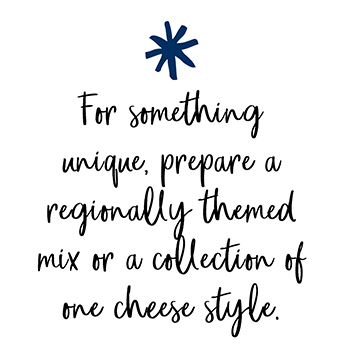
How to Make a Cheeseboard
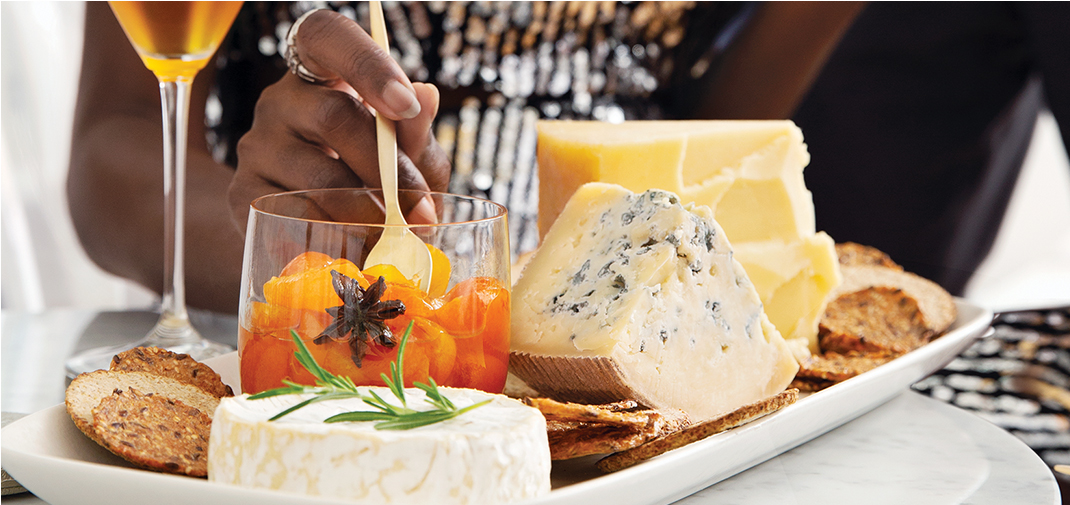
For variety, include three to five different cheese types — five will guarantee there’s something to satisfy everyone, and a mix of the following should do the trick. With each suggestion, you’ll find general pairing recommendations, but when possible, check with your cheesemonger for their expert opinion, as every cheese has its own ideal sipper to serve alongside.

Cheese Types
Aim to represent many types of milk — cow, sheep and goat — with your cheese choices. Or pick a complex yet well-rounded cheese, like Spanish Iberico, that includes all three. The result will be a board that is truly well-rounded and interesting.

Fresh
Ranging from delicate to tangy, these cheeses can be soft, spreadable and smooth. Goat cheese is a classic and readily available choice. Fresh cheeses are often best paired with crisp, lightly fruity, even herbaceous whites boasting acidity, such as Sauvignon Blanc or sparkling wine.

Soft
Bloomy-rind and oozy cheeses are luscious and rich, which means they’re usually the first to disappear. A French triple cream is always a safe bet. Go for a beverage that’s fruity with balanced acidity, such as rosé or even cider. For more pungent bloomy-rind cheeses, such as Camembert, an aromatic and buttery Chardonnay or full-flavoured yet light-bodied Pinot Noir may be a better fit.

Semi-soft
Pleasingly sliceable and fantastic for snacking, these cheeses offer a variety of different tastes, from buttery to sharp. Gouda is an excellent option, and Canada has some fantastic local offerings. Try matching them with a nutty, lightly oaked Chardonnay, a dry Riesling or Belgian wheat beer.

Firm or aged
These cheeses are known for their hard texture and robust flavour, which also means a little often goes a long way. A classic Canadian choice would be a nicely aged cheddar. Pairings vary, so try a complementary red such as Cabernet Sauvignon, a Fino Sherry or Madeira, or even an India Pale Ale.

Blue
Varying from creamy to crumbly, you can always count on blue to be bold even when it’s mild. Contrast with a sweet wine such as a late-harvest, Port or ice wine.

Wow-factor
For bonus presentation points choose a cheese that’s beautifully coloured, marbled, or deliciously coated with herbs and spices or ash.
Serving Suggestions
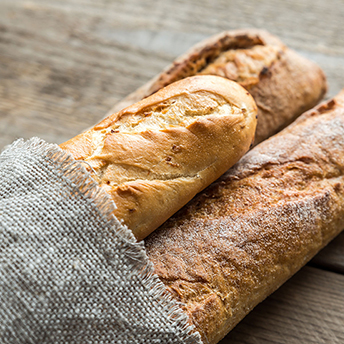
Be sure to have lots of crusty bread on hand. A delightfully chewy and crisp baguette makes the perfect companion for almost any cheese. And since cheese is ideal for gluten-free guests, include gluten-free crackers.
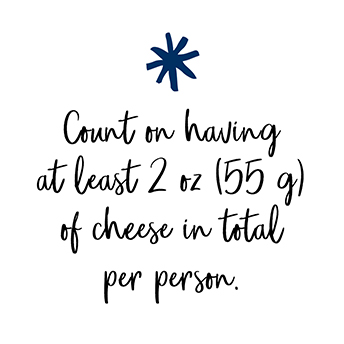
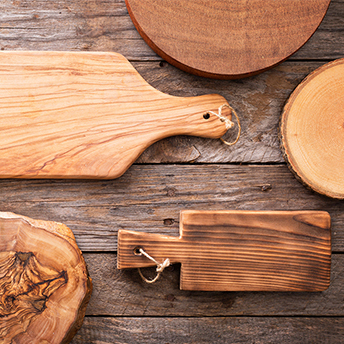
Long, narrow serving boards are ideal for setting right in the middle of the dining table, leaving cheeses within easy reach for all.
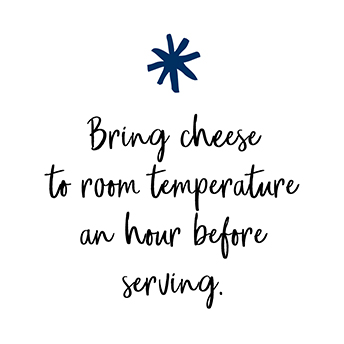
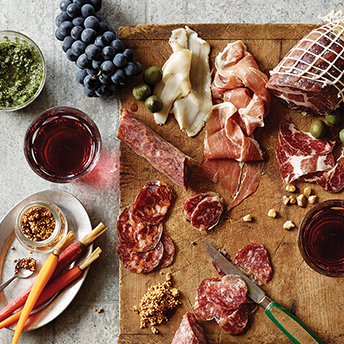
Make your cheeseboard more substantial and offer lots of complementary flavours — and a touch of drama, too — with charcuterie, olives, nuts, dried or fresh fruits, jams, jellies or mustard.
